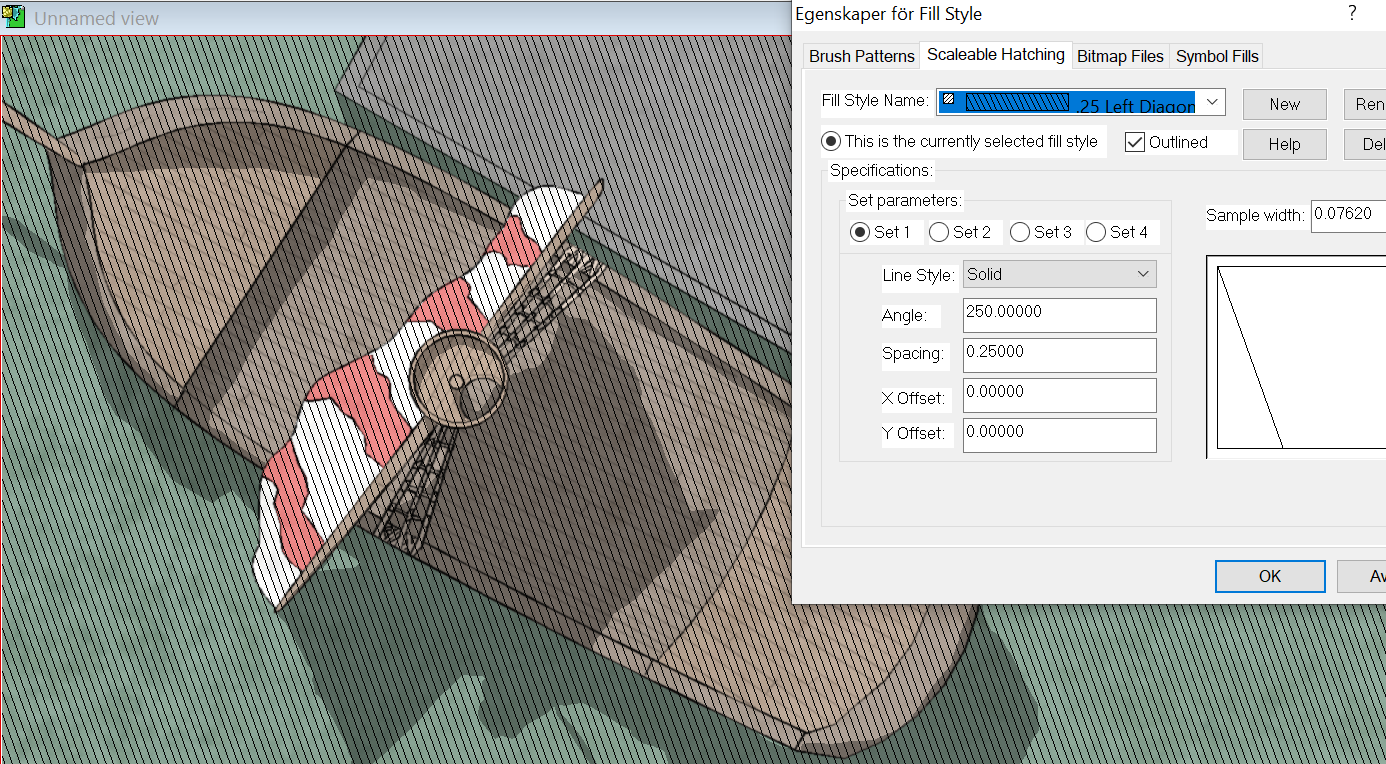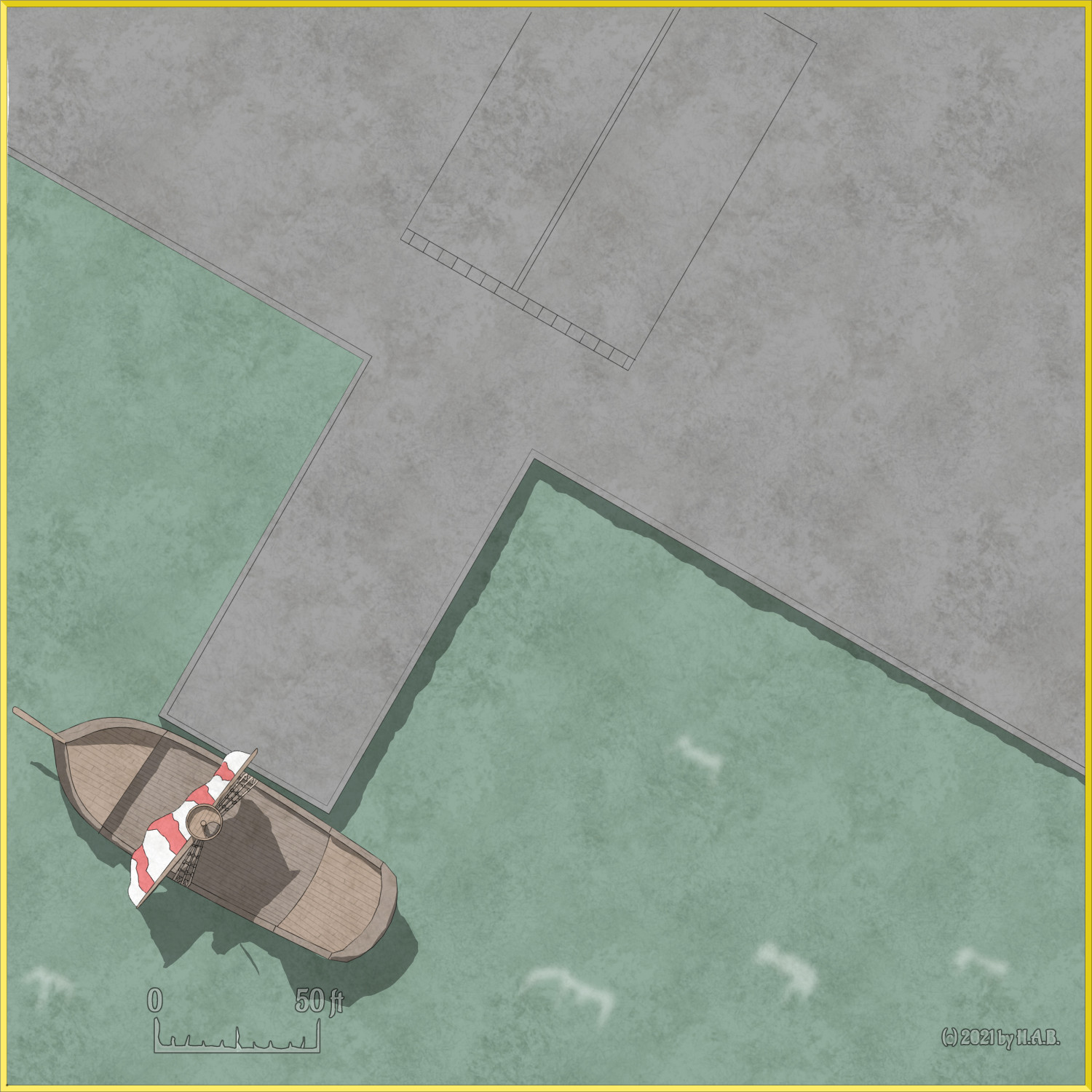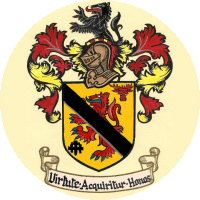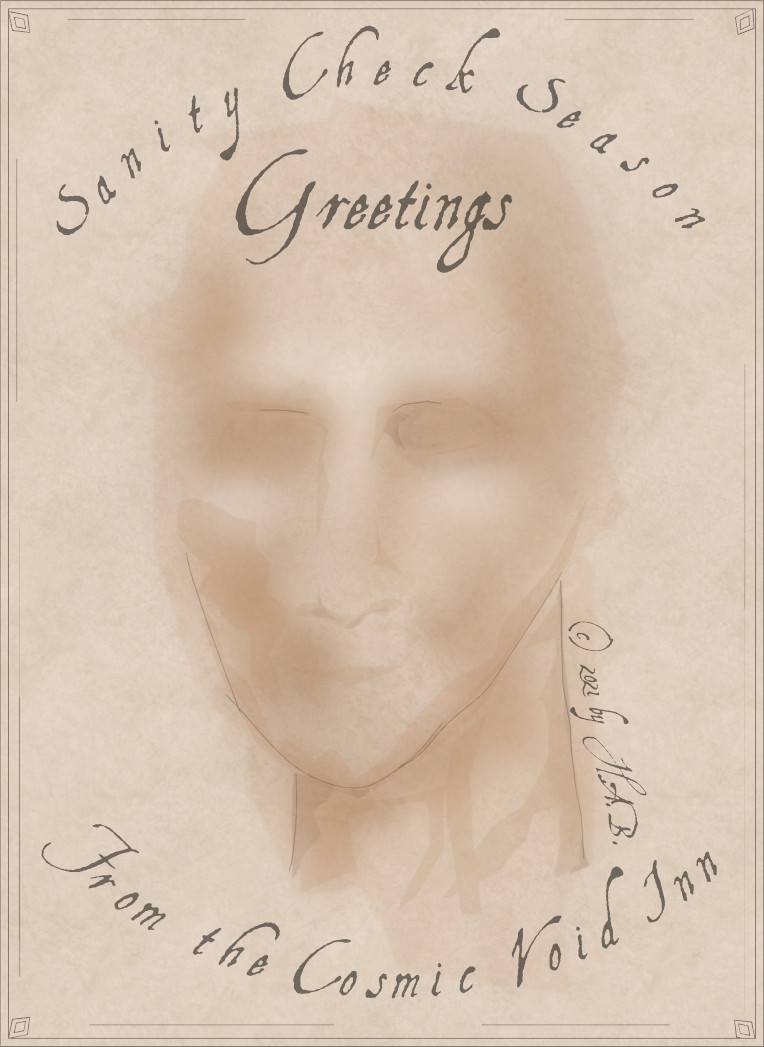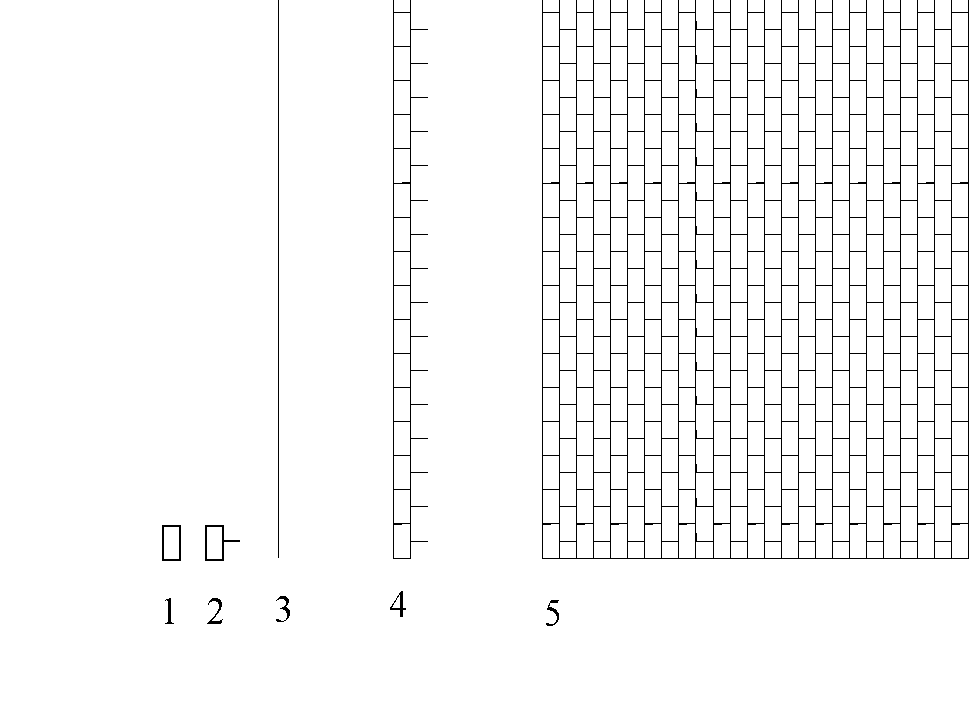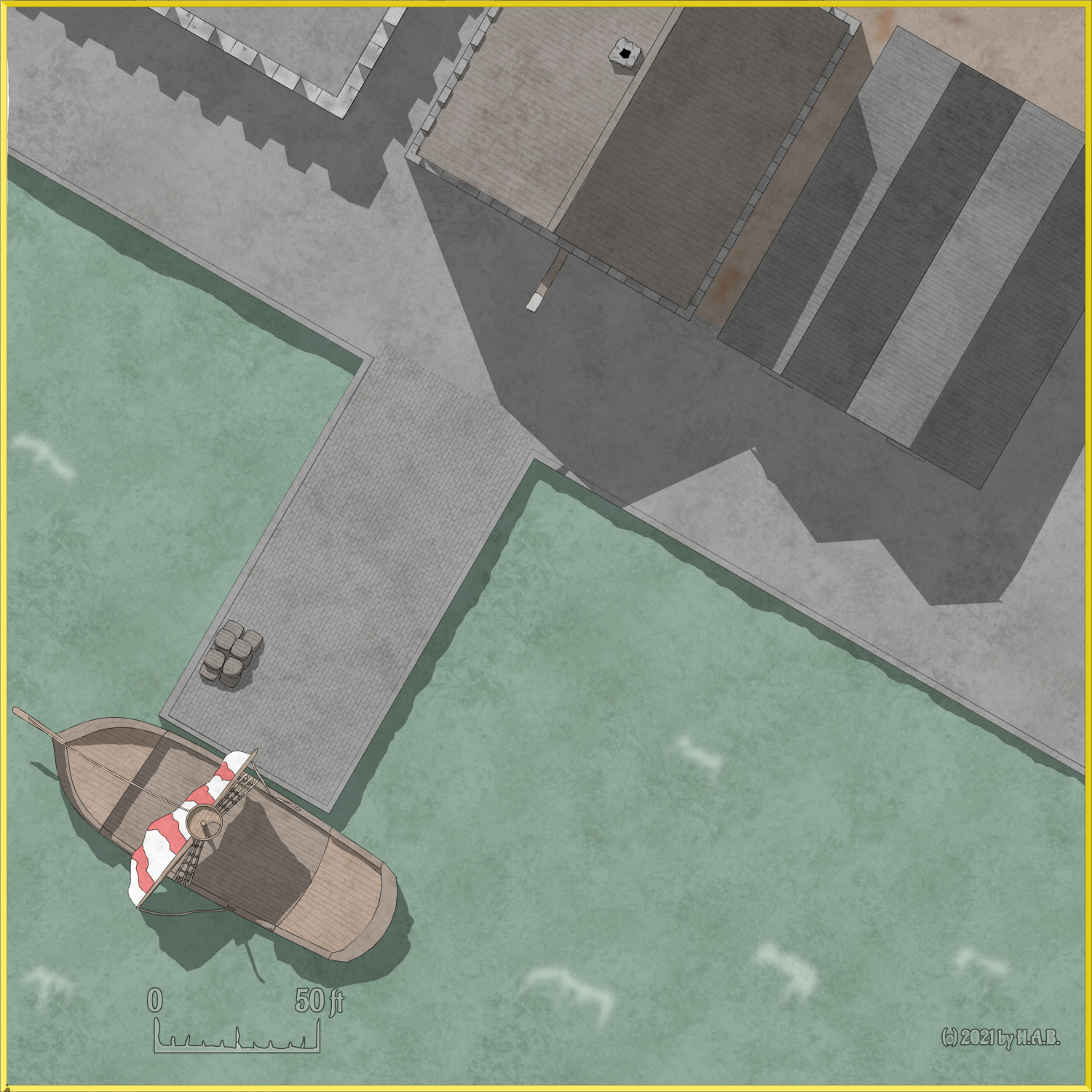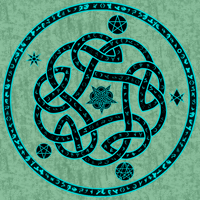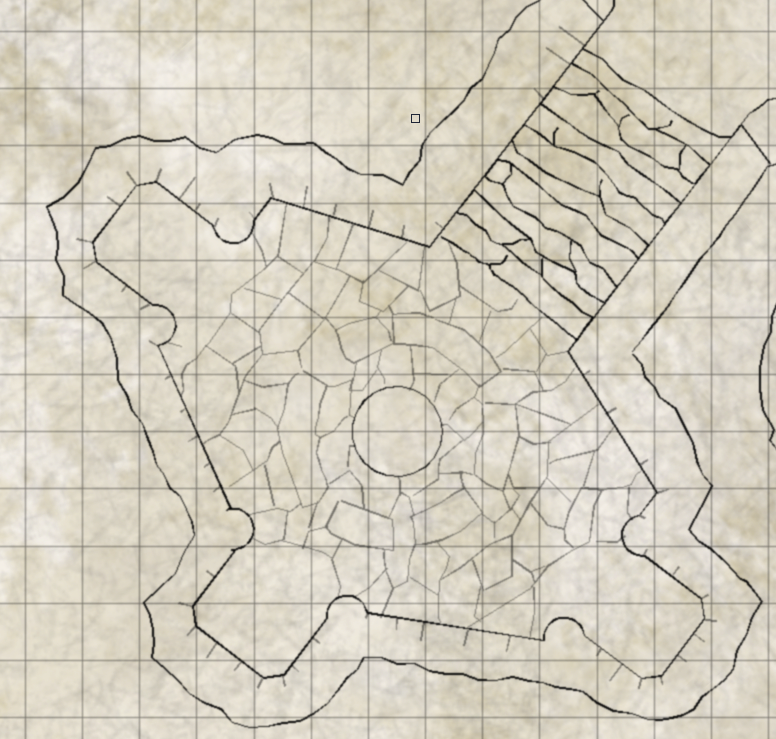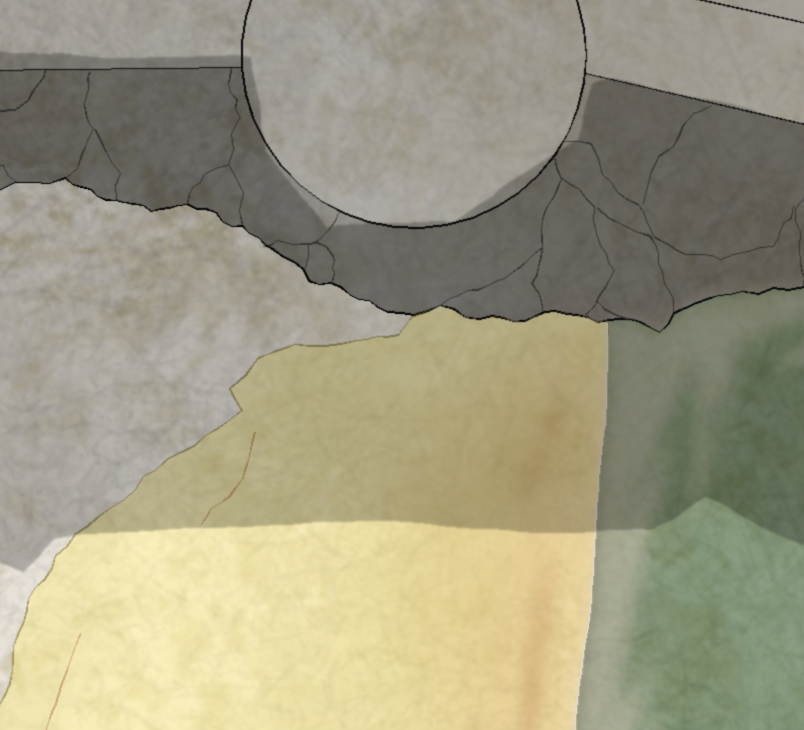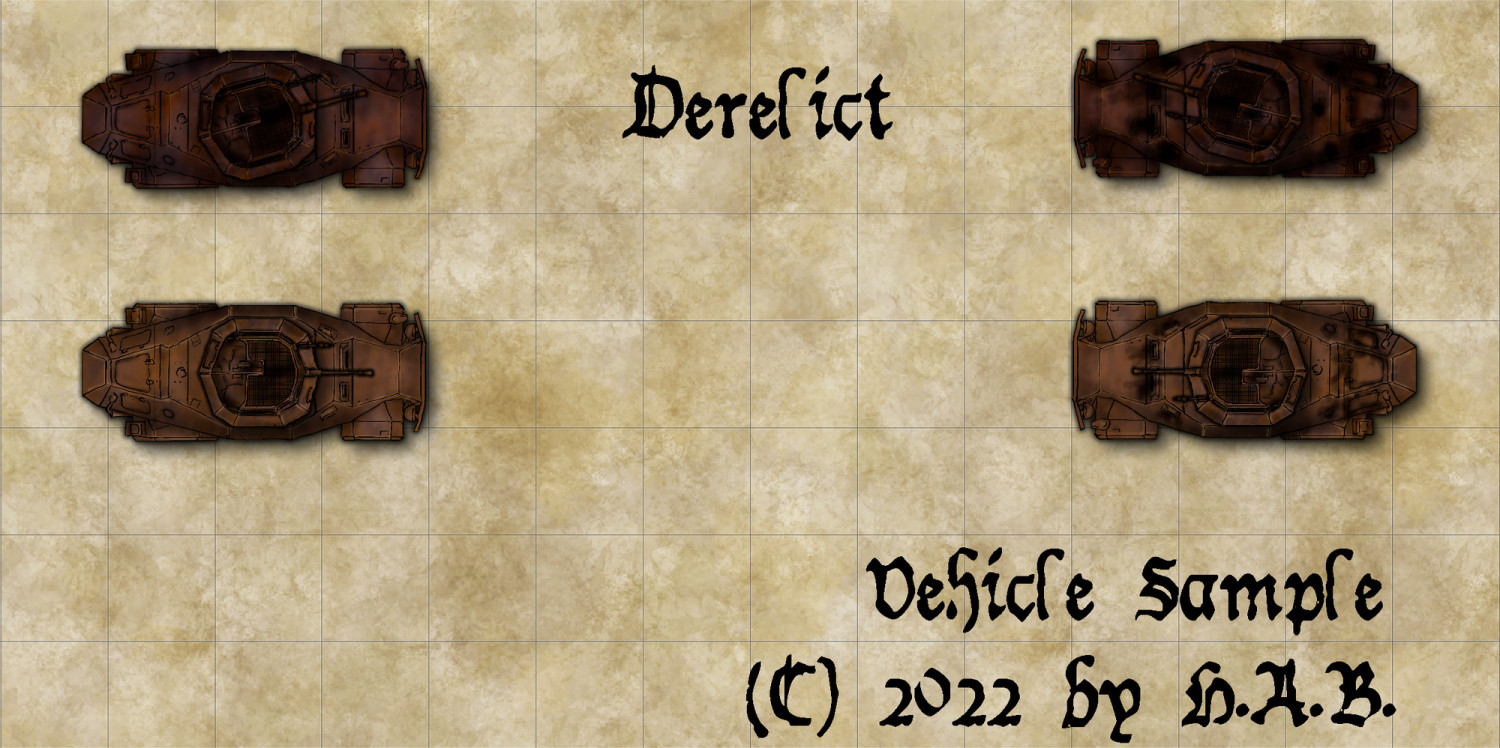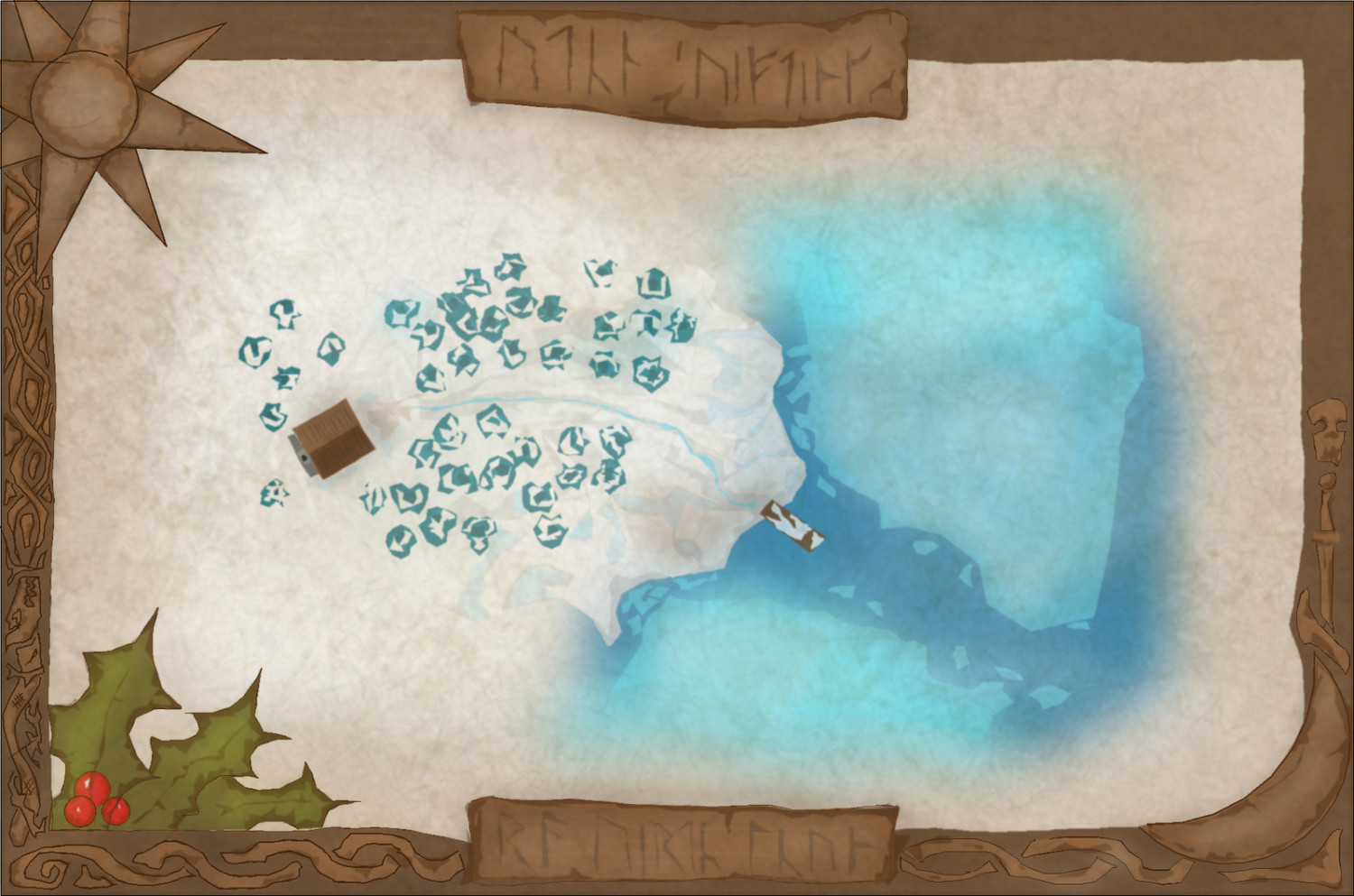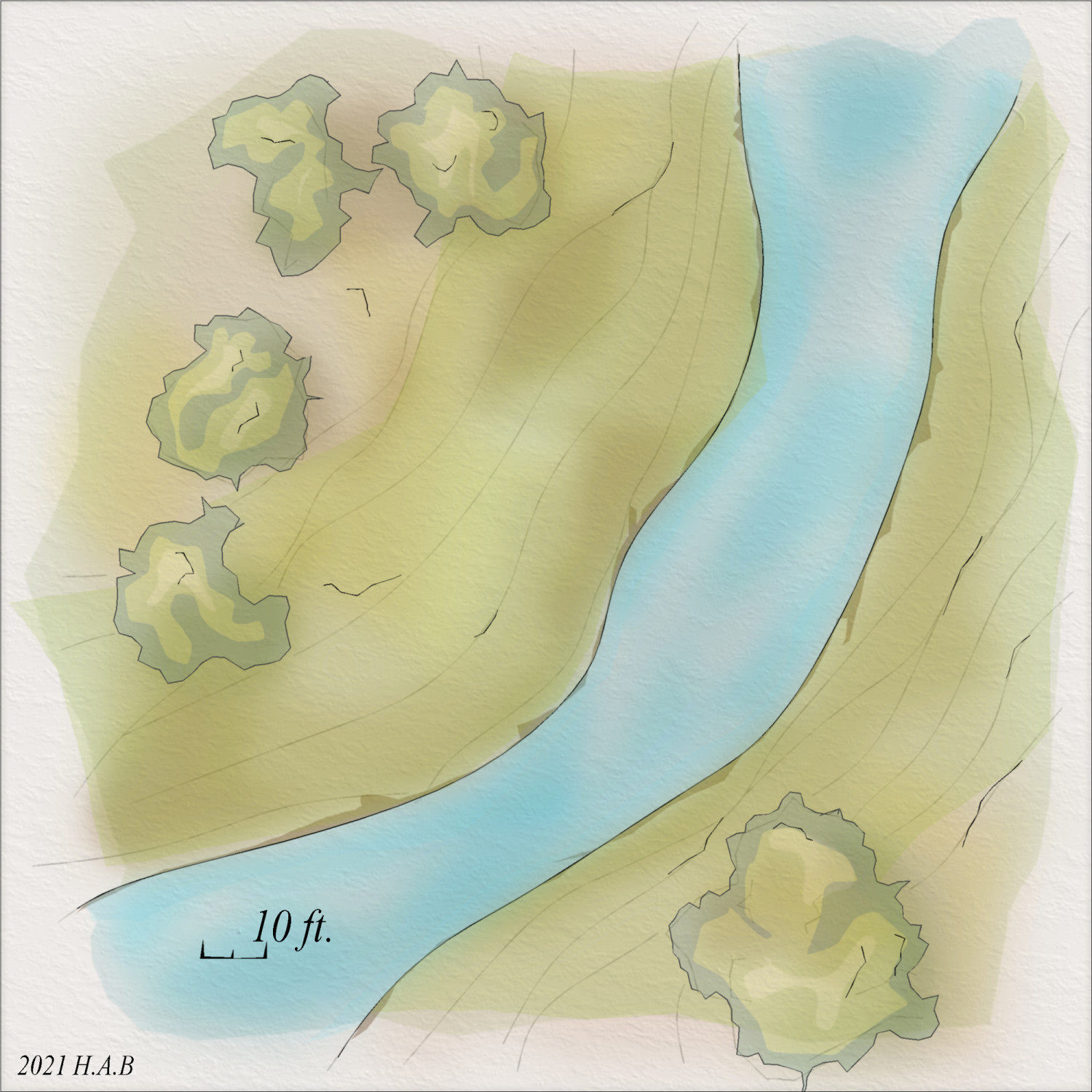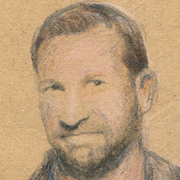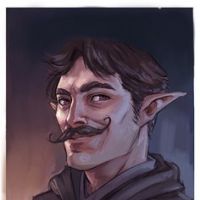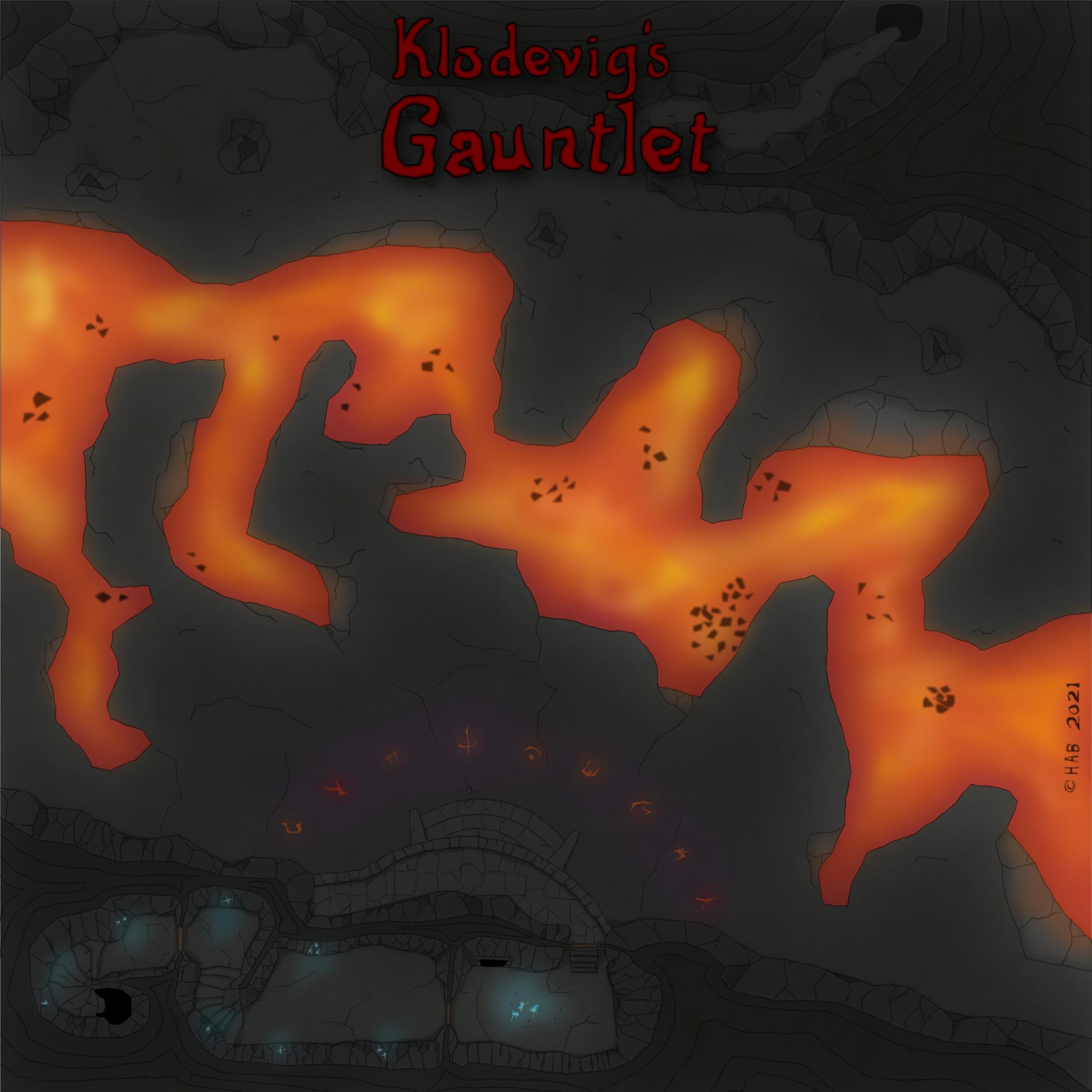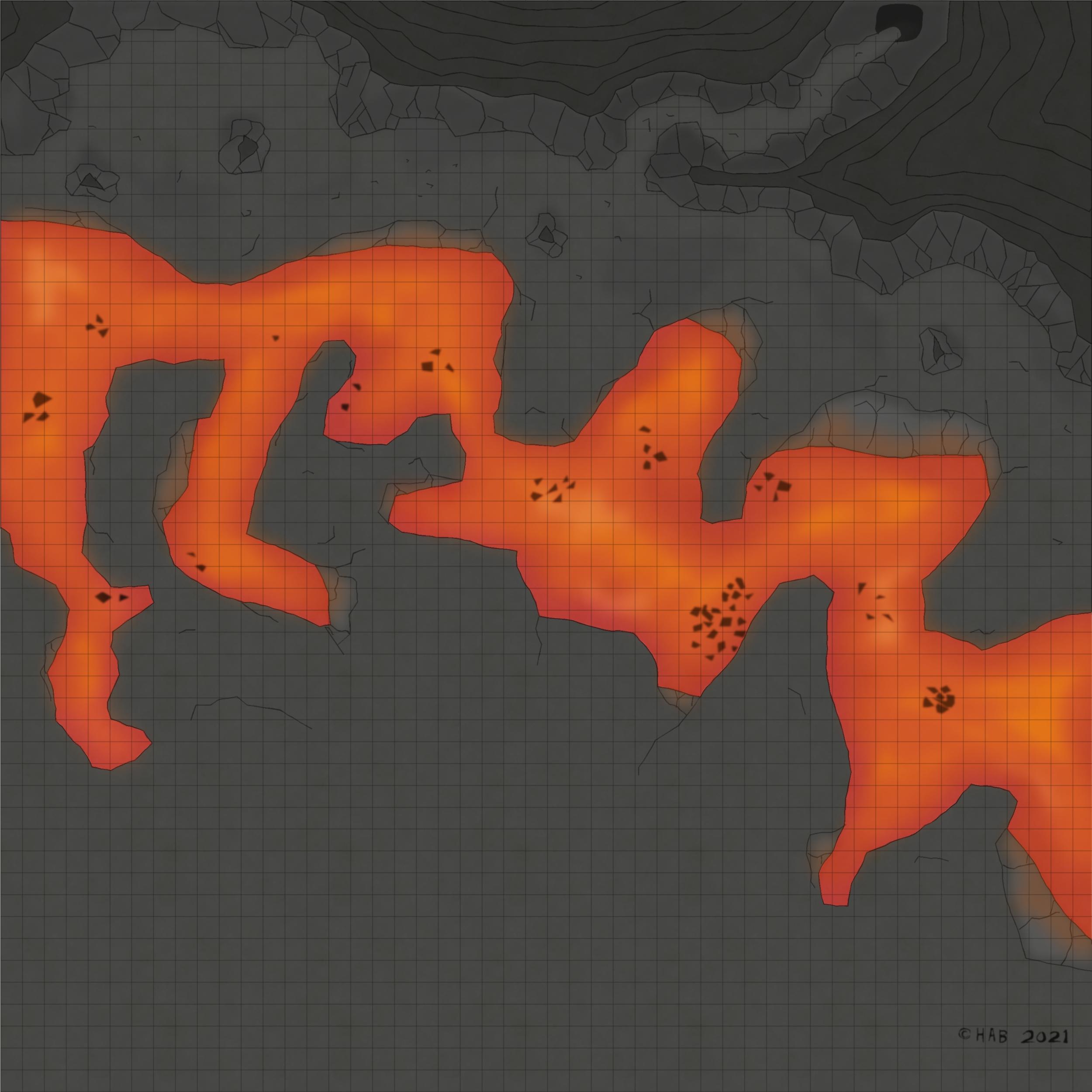
Lillhans
Lillhans
About
- Username
- Lillhans
- Joined
- Visits
- 2,008
- Last Active
- Roles
- Member
- Points
- 2,066
- Location
- Sweden
- Rank
- Surveyor
- Badges
- 13
Reactions
-
WIP - Quay thing
HATCHING fill styles are a great way to be consistent with where shadows go I think. Not necessarily doing that statement justice with this particular screenshot, but I also would need some houses (or similar) to showcase it and :D
The aft shadow needs to shrink a little but other than that...!
In other news: swapping background texture was a good move I think. Getting some degree of repetition, still, but less blatantly so.
Also, it's turning out a great change of pace not doing polygons for lines! Who would have thunk it.... Cleaner lines isn't necessarily a bad thing and it stylistically is where I want it to be also. So..there it is. :D
-
Early halloween greeting card
-
WIP - Quay thing
So this is a bit of a setback: using the Gres Symbol fill style and editing the angle to accomodate that of the pier (in this case) gets a rather peculiar result. Rotation being a no-joy, then, I turn to other methods for tiles.
- I start with the size of the stone.
- Then, one PATH drawn in such a way as to get the end node at the top right corner of the rectangle. This would be the base form
- This is the yardstick for....
- ...knowing how many iterations of copy-pasting the basic form I need, length-wise. I then join all bits with Line-to-Path and ....
- ...put enough of 'em next to eachother for the width of the pier.
I'd like to think it's less cumbersome than copy-pasting the single stone/rectangle and allows for better precision at a quicker pace. In theory, this will also make fancy-ass patterned cobblestone sections a breeze!
I think it's going places!
-
WIP - Water's Edge Exercise Distraction
Sure thing!
For fractal paths I use a custom tool since it allows for dialling up or down on the frequency, but the rest is the standard arc/smooth/etc - everything but the pencil tool, really.
Colours primarily on the one sheet (smudge/embellishments go elsewhere). This of course allows for flannelgraph maneuvers with a minimum of covering-up.
It's very much this:
Arcs, fused with paths and then some fractal paths. Adding colours for bells and whistles like so:
Process isn't too bad, for time, once you get where you want to be visually.
And here's a section of the water's edge folly for comparison:
Process very much in progress for water's edge specifically, but the working theory of the proto-dwarf portal thing above shows (I think!)
-
Panzer sample thread
Brighter, but lost it's red-tone in favour of full gingerbread. The quest for the right tone continues!
Agreed, @Wyvern: it has that certain design quality to it....which also kind of begs for it to be parked next to a Sd.kfz. 231, 6-wheeler.
-
Festive Winter Card Challenge WIP: Ensamheten
-
Video outtake
-
Completed: section as regional map
-
Community Atlas 500th map and 4 year anniversary competition with prizes.
Klodevig's Gauntlet
Location: Iron Mounds mountains (somewhere beneath Iron Forge) in Alarius
Map specifications: 250 x 250 ft encounter map for VTT (set 5-ft. squares at 50 pixels), using the Annual Jon Roberts (metric) style. No fonts were harmed in the making of the map.
Background
The scholars of Iron Forge have always been intrigued by the Tears of The Dragon; a range of caves below the Iron Mounds mountains, so called for how they seem to run from the southern edges of the mountains to its north like a string of pearls or, indeed, tears in the fabric of the earth. Whether it extends beyond the mountains, in either direction, is currently not known.
The caves, regardless of size, all share two traits. Firstly, streams of molten rock escape the deep into and through them. While lava in itself is neither unique to these caves nor by any means a geological phenomenon unknown to the dwarves, some of the caves along the Tears lie unusually close to the surface above and there is no notable volcanic or seismic activity in the region.
The second feature which sets them apart from the regular stock is the invariable presence of defensive structures – including still-active magical runes of tremendous potency. It is widely recognized that these fortifications were erected by one of the dwarf ancestral houses known as the Brimfolk – now long since lost – whom tradition attributes the gift to master the far deeps manifested in how they could “breathe the very fumes of the fiery below”. That is to say; their constitution was such that they could tolerate what to others would be unbreathable air.
To this day, the ability can be found among descendants of the Brimfolk – although it is so rarely the case that some scholars doubt it was ever a common trait of the members of the house to begin with. Those who can trace their lineage in such fashion often become esteemed explorers and are predominant among the ranks of those who devote their studies to the Tears.
What little is known about the battlements along the Tears of the Dragon stem from murals which can be found throughout them. Some of these have been depicted for posterity in the volumes of The Origins, which by many is considered the crown jewel among the encyclopaedias in the care of The Great Hall of Learning in Iron Forge.
The common theme of the murals is that of war, but against whom or what is one of the great mysteries of the Tears. The Brimfolk themselves offer no written records of this war in the deeps – typical for their habit of keeping few records of just about anything. Of the ancestral houses, the Brimfolk appear to have been using – by far – the fewest number of clan runes, and their scarce use of the earliest common runes has made deciphering what little documentation they did leave behind in their own language a veritable guesswork.
There are no mentions of such a conflict in other, contemporary sources either – such as the Annals of Stenagh – which has satisfied most that both the war and construction of the defences occurred well before the recorded history of the Iron Mounds. From the paintings it is clear, however, that the Others were similar to the Brimfolk; walking on two legs and using tools of war similar to theirs. While offering tales of both victory and defeat, the general condition of the defensive structures suggest that the outcome of the war would have been in favour of the Brimfolk. This theory is only furthered by the runes.
Another great mystery, the Bulwark – or Seals as the magic runes are also commonly referred to – has bothered scholars of the magical arts for centuries. All that has been successfully established over time is that they are very powerful. In that they almost always form patterns akin to lines or borders, after a fashion, it has been theorized that they are protective wards – but their ultimate purpose of course remains a secret of the Brimfolk.
With discretion being the better part of valour, the runes have not been disturbed to date: Yndherine the Sage, who was first to happen upon both the structures and runes in the capacity of researcher – and a scholar of the magical arts herself – was swift to act in regards to ensuring that it should remain so. The charters of exploration specifically forbid any tampering with them, and the order of Custodians see to that entry to the known access-ways leading to the caves is granted only to those with proper authorization.
The lack of faith in the prudence of outsiders has encouraged keeping the Tears of The Dragon mainly a concern for the dwarf academia. Carefully kept in the corner, only just within view like some half-discarded folklore curiosity, it still attracts the attention of the occasional scholar from the other peoples. It is not unknown for such visitors to be granted a clearance for making an expedition, and on such occasions only the runes of the Bulwark are strictly off-limits. Custodians always accompany such expeditions in larger-than-usual numbers, and it is not unheard of for careless students of dwarf history to end up lost in the deeps.
Unlike most early dwarf settlements (any dwarf settlements, really) the Tears of The Dragon are completely void of anything one might consider valuables – and always have been since the time of discovery. Presumed to be battlegrounds, it is believed that fallen Brimfolk warriors – and Others alike – for practical reasons would have been offered to the molten rock. If true, this practice would also have included the particularly brave and skilled warriors whose relics and personal belongings, such as weapons, are otherwise so commonly on display in dwarven buildings of martial significance – even among the Brimfolk. “The boredom of it”, Custodian recruits are often told, “will kill you long before you run out of air to breathe.”
The general discomfort of the underground and it being impossible to breathe down there without aid (such as spells or through other magical means) are also likely candidates as to why outsider scholars who have visited the Tears rarely come back for seconds and – presumably – keep the general interest of the phenomenon at comfortable levels.
Klodevig’s Gauntlet
Located in one of the smaller caves along the Tears of the Dragon, the significance of Klodevig’s Gauntlet lies in that it is the closest to Iron Forge and, more importantly, that it is one of few outposts which was not named after the researcher who spent the most time and effort on the premises (one Gremund). Rather, from the Brimfolk clan runes found on site, it could be made out that a warrior of the name Klodevig had played some part in the events surrounding the outpost. Any particulars as to the nature of the event, or Klodevig’s part therein, remain excruciatingly uncertain. By Brimfolk standards, however, the place is practically riddled with clan runes and the site remains an absolute icon in the field of Brimfolk language studies. Which typically is rather narrow.
Plot hook
“Of that which Yndherine never spoke again” – there are whispers of a theory that when Yndherine returned to Iron Forge with the warning to the throne that the Bulwark runes must be left alone, she was merely a messenger. That the runes were not the making of Brimfolk dwarves. That a truce was won, and that great perils would beset the dwarves should they ever violate the terms and step out of bounds again.
-
[WIP] Community Atlas Competition entry: Thing beneath the Iron Mounds
It's weird not working with shadows - like, at all. Pillars probably won't make the final cut, and I remain undecided about keeping the grid at this time. Kind of done with the north side, though, I think.
Oh! And I just remembered this is not my first tampering with lava: I seem to recall having already fooled around with the three sheet combo a while back (as a response to someone asking on Facebook how to make lava caverns). Plot twist: I am in fact super-talented at this already. lol
Pretty sure bedrock doesn't look like that when you lift the top off, but if it works for tree trunks right? At any rate, it had to be distinctively different from the rest of the terrain in order to work.
It would be super-cool to be able to have the walls ease into the cave floor - you know, like how caves actually work - but that's probably for another visual package alltogether.
Happy with the Paizo cartoon map vibes.





